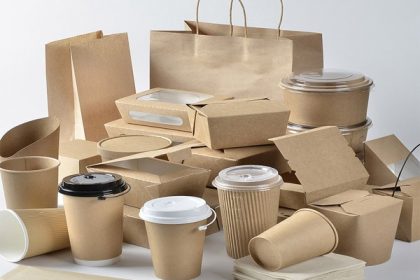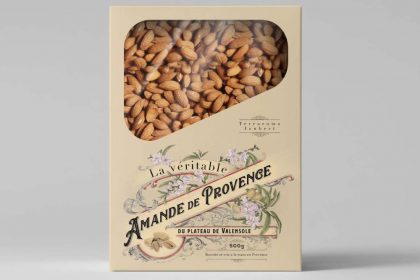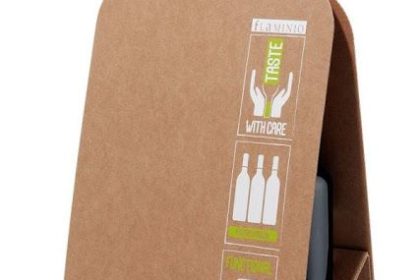The changing trends in marketing have incorporated new ways of brand promotion. Sustainable Material initiatives are being preferred in the business with printing and packing as a key area of exploration for their initiatives. With the emergence of new marketing techniques in brand promotion, many companies are focused on delivering meeting the expectation of the customers by delivering high-quality products in an eco-conscious way.
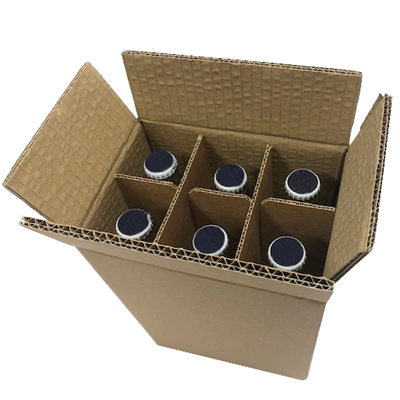
Trends of online shopping
With the rising trends of e-commerce shopping, many consumers are shifting from offline shopping to online shopping. At this juncture, the e-commerce industry is facing the biggest challenge of addressing brow box packing at the cost of millions of trees. As per the recent studies conducted in April 2018, the reports shared by Fast company stated that several packages shipped in the e-commerce industry in the US amount to one million trees every year. The desire of convenience among the customers and raising trends of e-commerce industry is only making the scenario worse than ever. While efforts are being made by the packing industry to come up with the different alternatives like usage of sustainable materials, the pace of change is yet to gain speed.
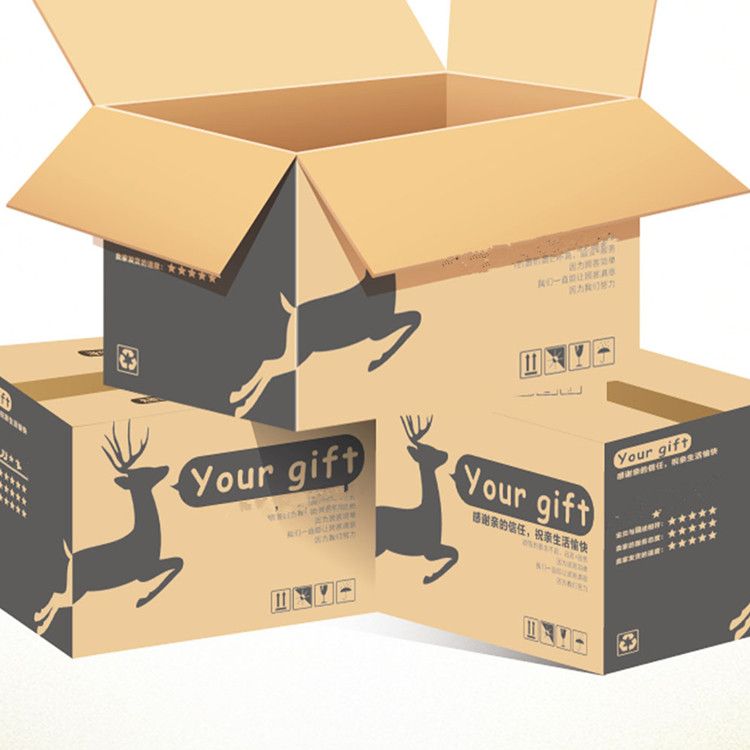
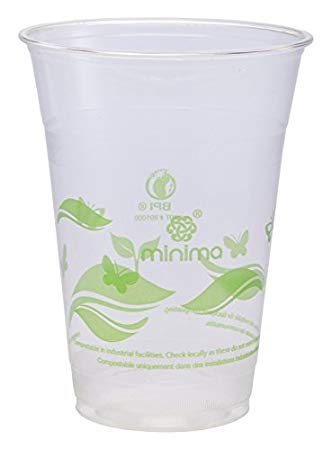
“Sustainability is not just about adopting the latest energy-efficient technologies or to renewable sources of power. It is the responsibility of every individual every day.” — Joe Kaeser
It is the responsibility of both brands and consumers to realise the need for sustainability change and take it forward
Emerging packaging materials for a sustainable world
1) Corn starch packing
The is an excellent viable packing alternative available for the food packing industry today. This type of sustainable packing has limited usage and is popularly used in products like take away foods. Corn starch material is highly biodegradable and turns to be good green options for packing food. It also is used to produce packing peanuts to extend support to the products sent to courier. Corn starch is biodegradable so, it has no or less impact on the environment.
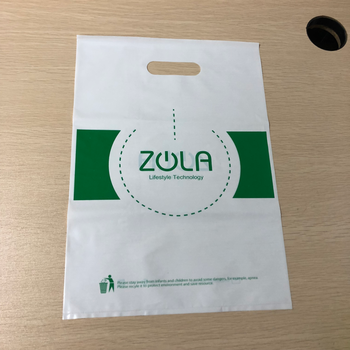

2) Bubble Wrap for Sustainable Material
Bubble Wrap is another popular sustainable packing material made from recycled polyethene and is entirely biodegradable. The environmentally friendly option is popularly used for cushion packing. The bubble wrap can decompose in 12-24 months leaving no harmful residue that is easily absorbed by the earth. The wrap has the potential to retain air so, works effectively in providing needed cushion to the packing material, thus offering shock and vibration for a long time.
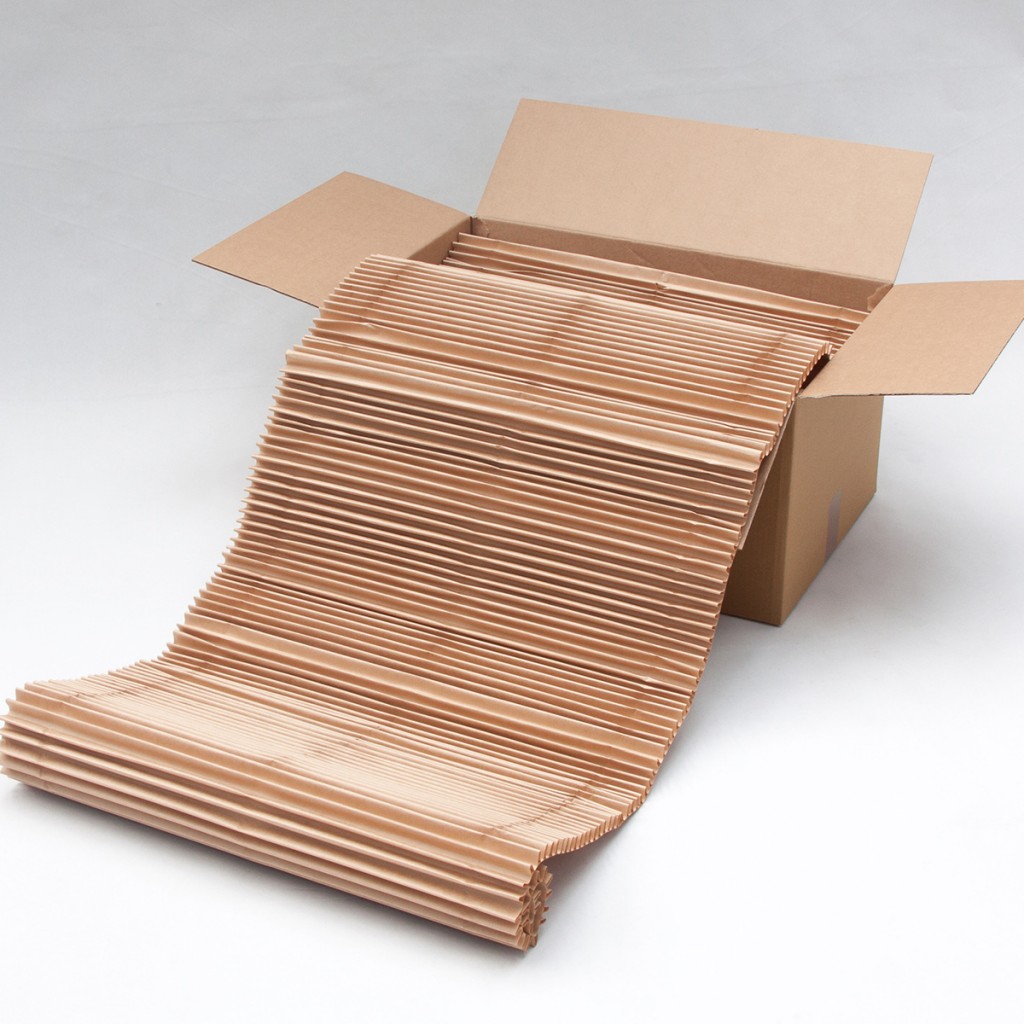

3) Paper cardboard for Sustainable Material
The benefit of paper and cardboard paper packing lies in the fact that they can be reused, recycled and biodegradable. These properties of sustainable material are being used by many companies to create environmental friendly packing options.
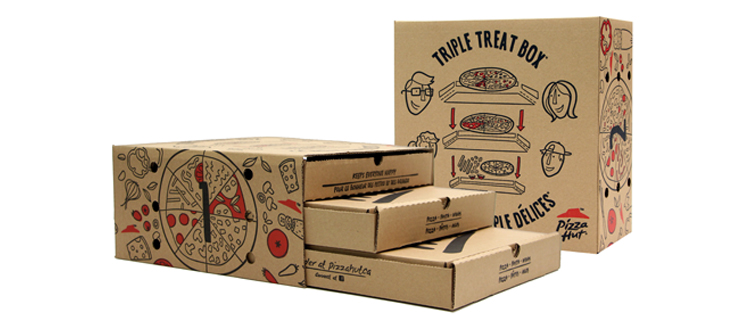
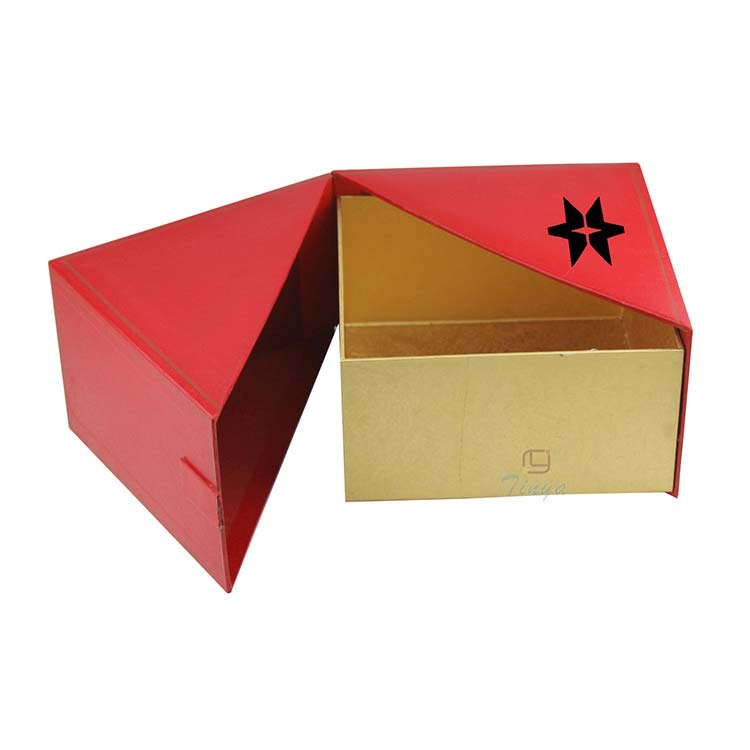
4) Biodegradable plastic
The biodegradable plastic which is used as an alternative to conventional plastic has now turned out to be the largest segment of plastic with a market share of 60.3%. The sustainable packing material is used mainly in the manufacture of different packing materials like
• Plastic bags
• Shopping bags
• Disposable Cutlery
• Envelopes

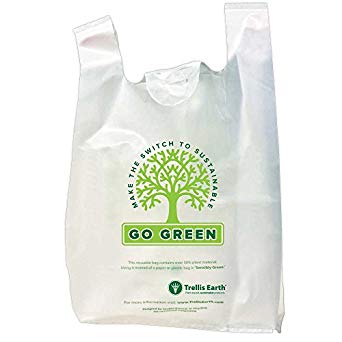

5) Scoby
Materials scoby has great potential to transform the packing industry in the years to come. It is manufactured through the process of fermentation; the membrane that is formed as a surface of the liquid is used as a packing solution.
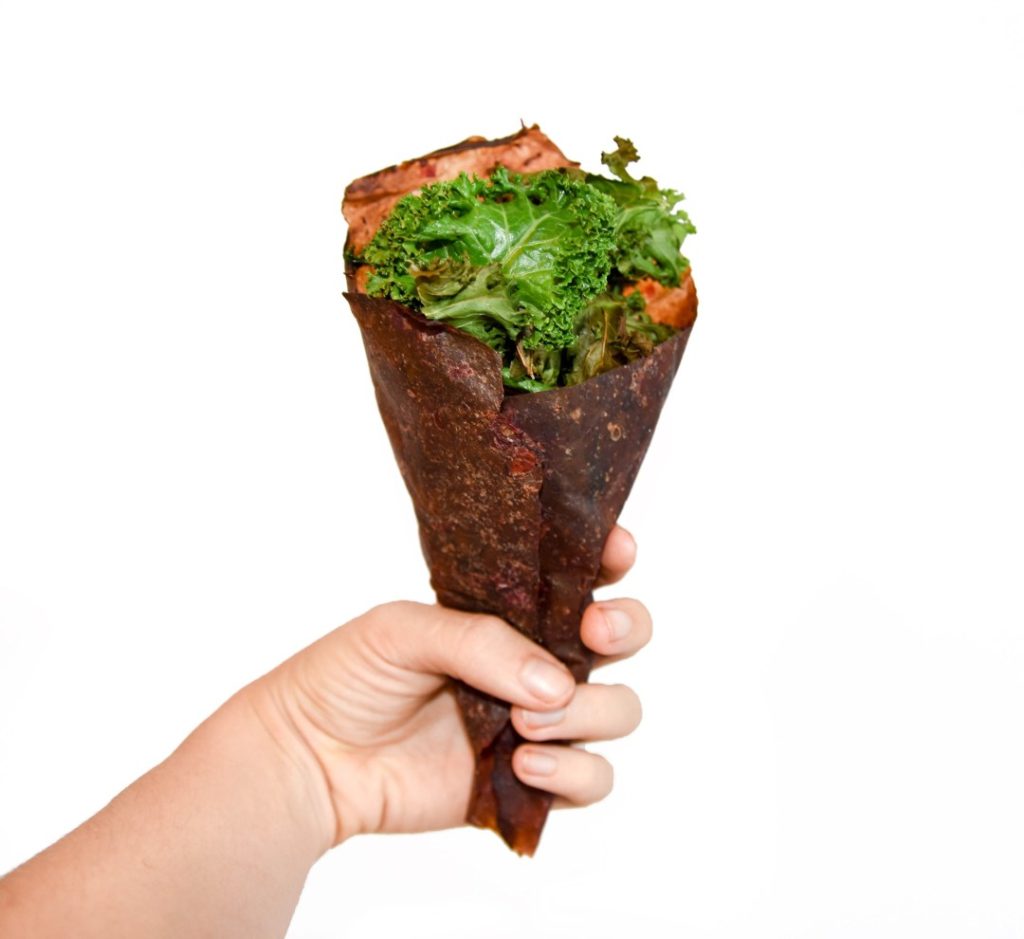
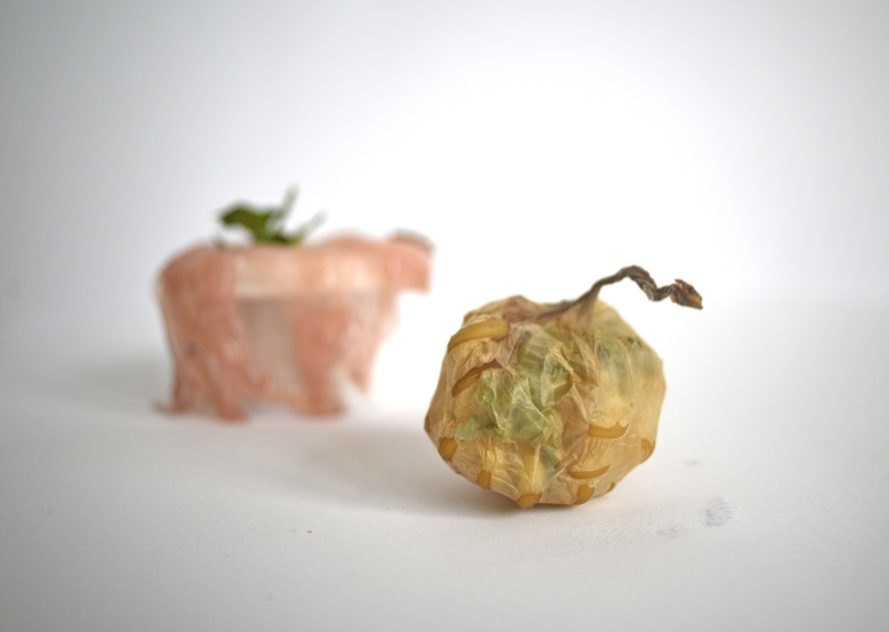
Features of scoby
- 100 per cent compostable and renewable
- The natural production process produces no wastage
- Edible packing material without any flavour
- It can be cooked and digested without the need for membrane removal
- Can eliminate post-consumer waste completely
6) Seaweed
Sustainable packing material seaweed is bio-degradable within four to six weeks when compared to conventional plastic that takes 100’s of years to decompose. The production of seaweed is significantly cost-effective. Though Indonesia has the highest production of seaweed, farmers of the country still are in clutches of poverty. Companies are working to address the issue through their packing innovations to reduce environmental impact in the country. This edible biodegradable, edible plastic is printable and heats sealable too. The product has two years of natural shelf life without the need for adding preservatives. The sustainable packing material is still under product testing, and it has the potential to packing industry across the globe.
Brands need to lead consumer adoption
The new packing innovation is quite challenging for companies to adopt. The branding companies have to overcome deep expectations of the consumers. Both the companies and customers are accustomed to brands the company has delivered, and companies are in practice of certain operational structures. To make the technologies standard in future, these issues to be resolved to make the change happen. With the raising awareness about environmental friendliness, brands are realising the need for change to meet the expectations of forwarding thinking market. Brands are also coming forward to educate the target audience for the needed change.
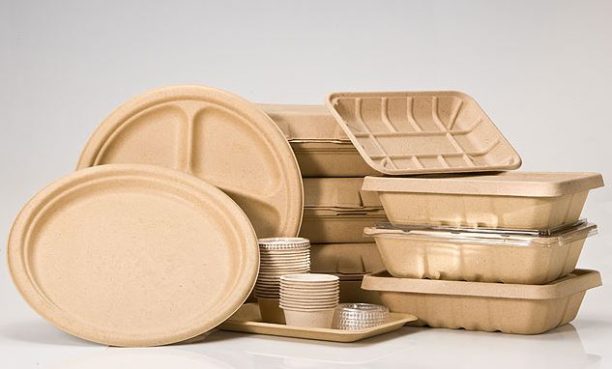
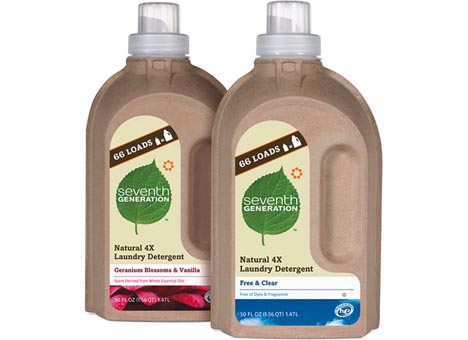
About Megha – DesignerPeople – “Brand consultant”

It takes me pride to get associated with outstanding sustainable packing team in the industry. I am astonished with the expertise of the team in the industry and wanted to share the knowledge with you through the blog. Helping the readers to grow their knowledge on FMCG and food brand through unique packing from product idea to consumer’s door takes levels up my passion.

